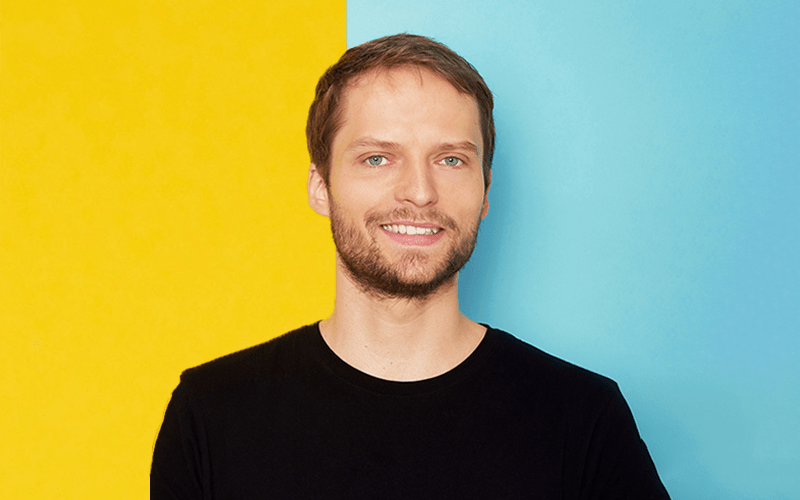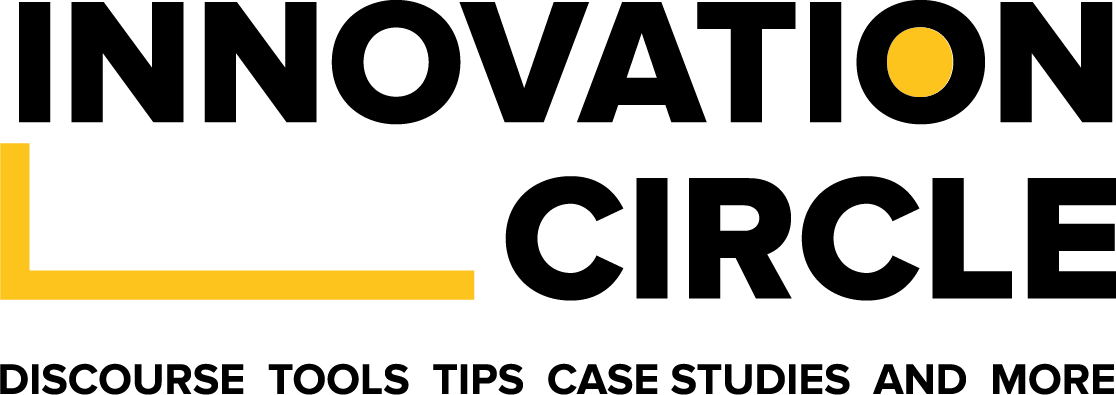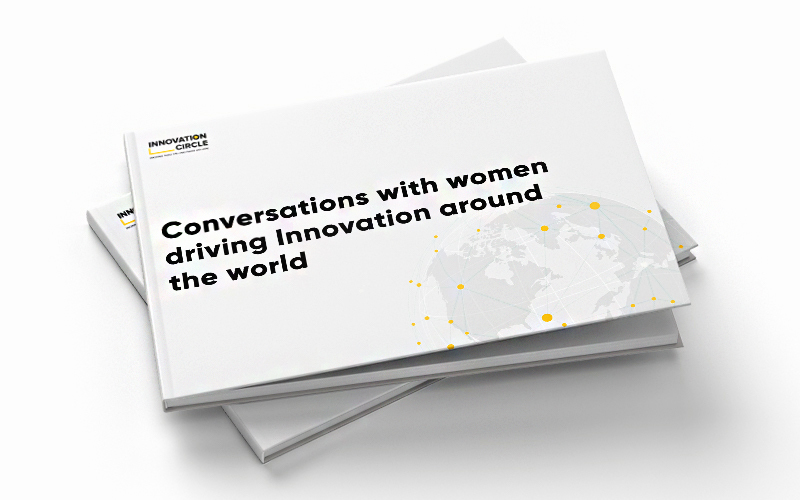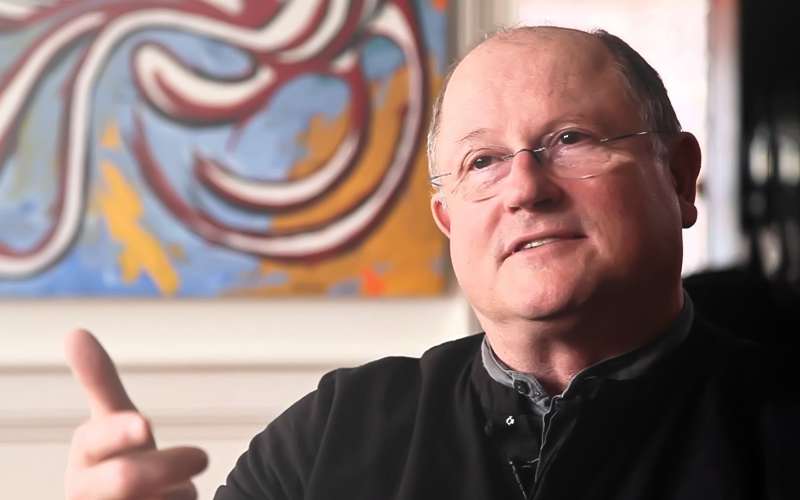
A Conversation with Robin Jadkowski Consultant at Kobold
“Most people have the impression purpose is a thing that’s located in your heart or that it is connected to the deeper meaning of life. While that is true to some degree, purpose design in business means something different: It is the compass for your organization that drives your business into the right direction.”
What is Purpose Design?
A good way to think of purpose design in business is through the analogy of a car: The organization’s purpose is the windshield through which you and your employees look ahead. Most people have the impression purpose is a thing that’s located in your heart or that it is connected to the deeper meaning of life. While that is true to some degree, purpose design in business means something different: It is the compass for your organization that drives your business into the right direction. It enables yourself and your employees to experience meaningful work.
The purpose of your business is the reason WHY your organization exists: What positive impact are you making on society? Studies show that having integrated a purpose in your organization has a strong long-term performance pay-off, because it is the one most powerful intrinsic motivator for you and your employees. It is the reason you get up in the morning and you know that you’re working on something meaningful.
“purpose design in business means something different: It is the compass for your organization that drives your business into the right direction.”
How can businesses leverage on the model?
A superficial purpose statement on the office wall or in the design of marketing campaigns doesn’t leverage the potential of authentic purpose in business. This is just “purpose washing”. An authentic integration of purpose has implications not only on marketing or recruiting. Purpose guides your product development, defines your organizational structure and directs the day-to-day leadership and employee behaviour.
Leveraging purpose in your business is done in a co-creative bottom-up process starting with your employees and key stakeholders. You begin by interviewing them on what they experience as the current purpose of your organization. After that, you synthesize the data and co-creatively craft a purpose statement. In the next steps it is vital to lead by example: embrace your purpose and implement it into the strategy and organizational structure. Make these direct implications of your purpose clear to your organization.
It is vital to facilitate purpose-driven organizational change. A good way this can be done is by giving your employees responsibility for exploration of new ideas that are aligned with your purpose. Combined with an internal structure which helps these ideas to blossom within the organization it gives employees the feeling of being valued and leads to a more engaged workforce.
What areas as a Design and Innovation coach do you look out for to impact teams?
I am an advocate of strength-based approaches to enable teams to work to their full potential. The (German) work culture is often focused on improving weaknesses and only shipping a product when it’s close to perfectionism. The result of such a culture is often making small incremental improvements of existing products while being scared to take a big step forward. When we focus on the strengths of innovation teams, the teams gain self-efficacy and -confidence in their own actions. They are empowered to take risks.
A small step is implementing the following questions into kick-off meetings of your next project: “What are you proud of?” “What strengths do our customers or stakeholders see in us?” followed up with “How can we use these to our advantage?”.
Design Thinking is seemingly popular, what unique factor(s) differentiates designers?
Designers are the interface between creativity and problem-solving. I believe that everybody on the planet is creative, meaning that they can create a novel solution to an existing problem. In contrary to the popular misconception of creativity that a single person sits down on the train and scribbles the next big idea into her notebook.
Design thinking leverages the skills, experiences and knowledge of diverse people to come up with a solution to a challenge. Therefore, there are many differentiating factors for designers and design thinkers to be successful problem solvers: Being willing to understand the problem space from multiple perspectives, building empathy with the users, trying and testing out new ideas while not being afraid to fail and being able to work on a shared vision together with a team.
“Designers are the interface between creativity and problem solving”
What resources around Design and Innovation do you think business leaders can learn from?
I’m not a fan of learning something from reading articles or books. The best resource for learning that we are equipped with are our hands, our words and the interaction with other people. Meaningful personal experiences have the ability to impact our thinking and change our behaviour.
Therefore, my advice especially for leaders and decision-makers is to walk the talk and get out of your own comfort-zone: Expose yourself to people that are unlike yourself, may it be innovation experts or designers that you find inspiring. Book a training where you learn about innovation in a group setting and most importantly learn by doing: Begin by discovering unmet needs or problems that your users face and test solutions on a small scale. By doing that you have already learned the fundamentals for innovation: rediscovering your own curiosity and doing instead of talking.
“The best resource for learning that we are equipped with are our hands, our words and the interaction with other people.”
What #innovationmoment have you experienced in your career so far? (We define an #innovationmoment as something you’ve been a part of or have witnessed that has been incredibly life-changing and impactful to others) Can you share it?
The most impactful #innovationmoment I experienced was while working with a client in a quite traditional organizational structure and mindset. We facilitated an innovation process for the development of an internal product for their employees. In the research phase, interviewing employees and key stakeholders, it became clear that they were in a state of refusal: Why should we change what we are doing? We know how to do it and it always worked out fine. The powerful insight we had in this phase was that the employees were scared of making the change into a more digital workflow due to the fear of making their own workforce obsolete.
For me that’s an important ethical question to consider when innovating. The powerful shift in the mindsets of the employees began when they realized that their knowledge was valued, and they were included into the steps of the product development. For them it became more of an opportunity than a threat. Through the iterative process they were able to shift their fear into a motivation to effectively change their organizations processes and to move themselves out of the comfort into the learning zone.



